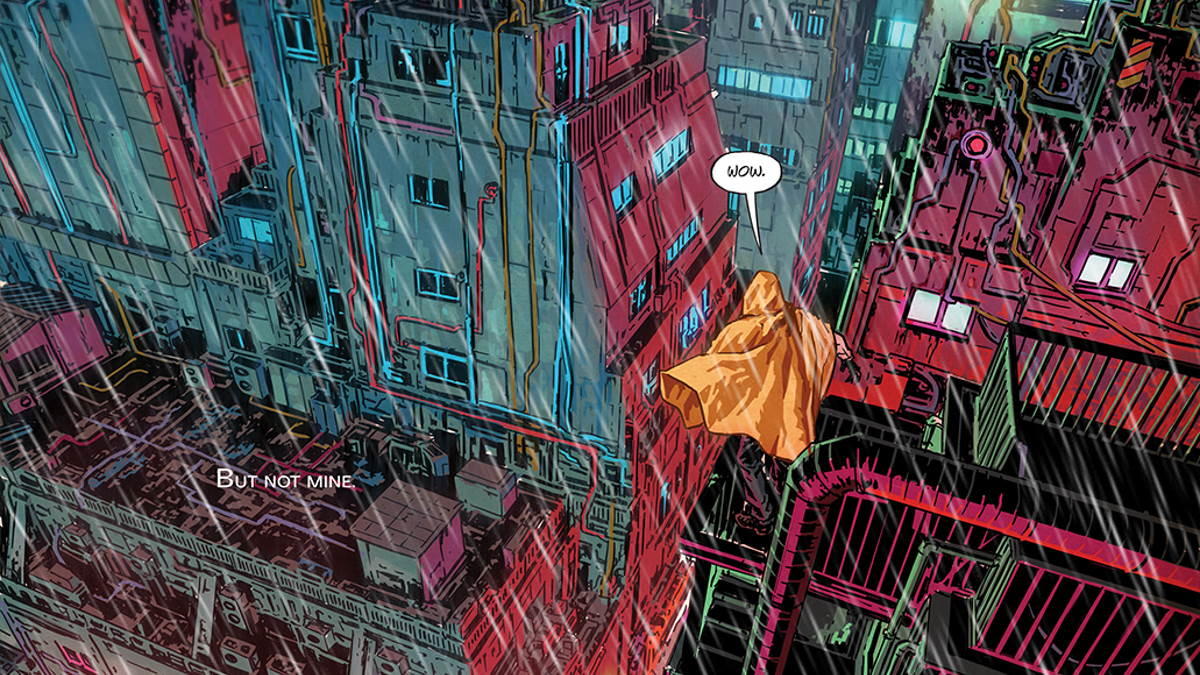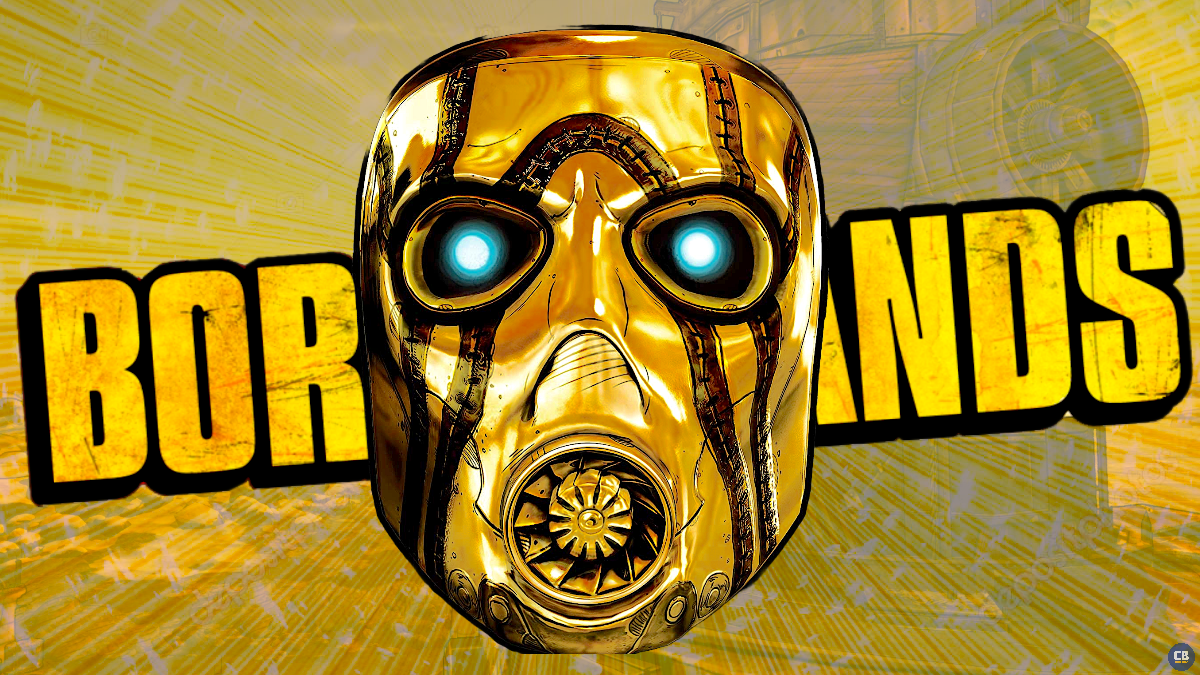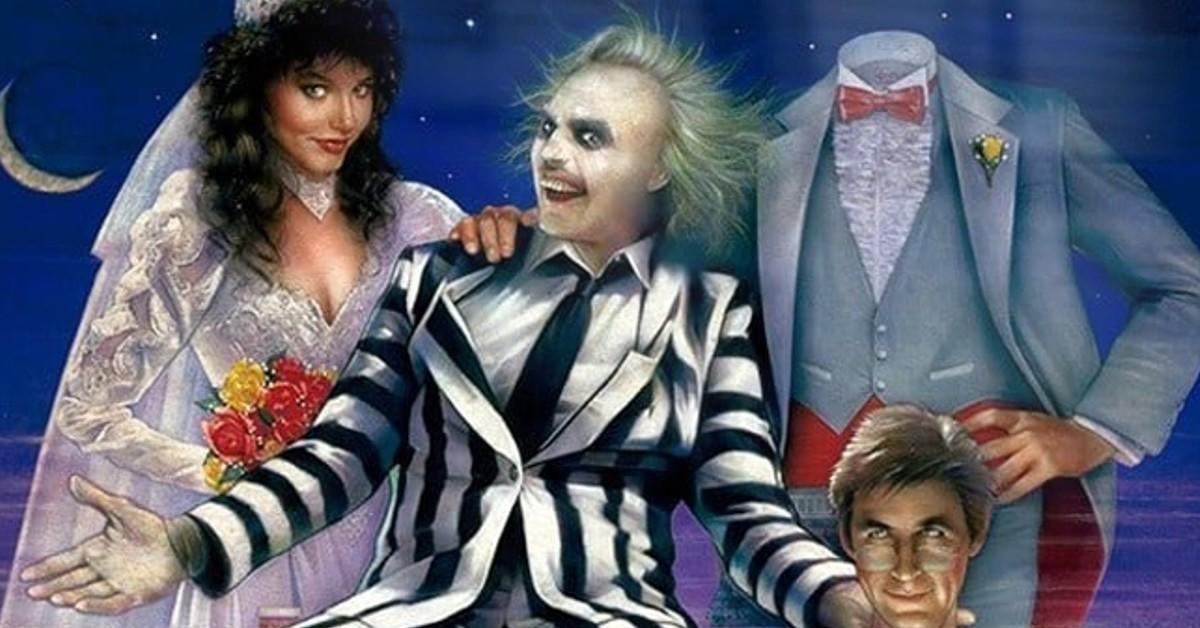A Vicious Circle #1 Review: Time Traveling Assassins Story Offers Futile Violence and Masterful Art
A Vicious Circle #1 by writer Mattson Tomlin and artist Lee Bermejo, published by Boom Studios, drops readers into the ongoing battle between two time-traveling assassins, Shawn Thacker and Ferris, as it picks up once again following a 10-year respite. While the unusual nature of their connection remains somewhat obscured, both seem representative of different attitudes toward the slow pace and, at times, repetitive nature of historical events, though neither is optimistic. While Thacker struggles to carry the weight of history, as well as his knowledge of events in the future, Ferris appears to have embraced the idea that the universe is terminally ill and destruction is the only cure.
For 10 years, Thacker has paused his and Ferris' duel by keeping his rival a prisoner in his basement. During that decade, Thacker, a Black man, has lived in pre-desegregation America, marrying and having a child. Bermejo renders this era in black-and-white, mimicking the look of the television sets that would have recently become staples of the American living room during this era and serving as somewhat obvious symbolism for the fight over integration.

Thacker's experience as a Black man, specifically a Black man from the future who seems to know his history, wraps itself around the fatalistic themes of the book. The issue introduces readers to Thacker as he awakens and thinks, "...the world will end…it just hasn't happened yet." Later, he struggles to think about how he's supposed to raise his Black son when he knows, as a matter of historical fact, that the treatment of Black people will not significantly improve over the boy's lifetime.
The inciting incident of the issue is a splash page depicting the aftermath of brutal, fatal violence against Thacker's son. The moment thrusts Thacker through time's unpredictable currents and onto an American Civil War battlefield. Thacker, who otherwise seems reluctant to kill, does not hesitate to put a sword through the nearest Confederate cavalryman. The slaying triggers another jump, and Thacker's first thought upon landing in an unrecognizable future is to "assimilate," a loaded word for a Black man, as a means of survival.
The story's racial themes fade as it settles into this new era, but the grim undertones remain. Thacker leaves behind the black-and-white American mid-20th century for a cyberpunk future where acid rain immediately singes his skin. Bermejo changes his style to match the new setting. He swaps realistic renderings and a lack of color for something flatter with a dark color palette cut through with a crimson that sizzles on the page, bringing to mind the stylistic shift that Alex Ross displayed in his Fantastic Four: Full Circle graphic novel.
Thacker's narration (which letterer Becca Carey puts to page sans caption box throughout, helping to emphasize that Thacker does not belong in any of these periods) catches readers up on the plot thus far, to an extent. It's a quick rundown of Thacker and Ferris' conflicting missions that raises more questions than it provides answers. Starting the story with Thacker having a family before wrenching him away from them injects cheap pathos into the narrative, which doesn't allow readers to dwell much on the many unanswered questions and unexplained details that created this time-hopping rivalry. Thacker's internal recap concludes with, "Who gives a fuck. He killed my boy." In other words, don't worry about the sci-fi stuff yet. Right now, we're doing a John Wick-style revenge story through time.
The focus on revenge leaves much of Thacker and Ferris' story a mystery implied by their dialogue and actions. They're time travelers from different times, but whether that means different eras or timelines is uncertain. Thacker traveled through time to destroy a world-ending machine created by the Kang Turing company. Ferris made the trip to turn on the device. Why such a thing exists and why anyone would want to trigger it remains unclear. Ferris' muttering about how the fabric of the universe has cancer acts as the most significant and bleakest clue, and one assumes answers will come in future issues. A panel in which Ferris, looking out towards the reader, encourages Thacker to question which of them is the hero hints at the explanation being something unexpected. Readers learn that whenever one of these trained assassins kills, it triggers a jump that sends them together to a seemingly random time and place. Both combatants acknowledge that neither of them knows what will happen if one kills the other, and the question lingers ominously over the plot as if Chekhov himself hung it there.
Bermejo alters his style with each time-hop to reflect the art or aesthetic of the era and, at times, pays homage to other artists. There's one two-page sequence where Ferris kills again and again as he tries to land at the right point in time to flip the switch on the doomsday device. The way Bermejo depicts each period with a drastically different style in each panel is stunning to the extent that it almost feels like he is showing off, but it's more than a vain artistic flourish. Altering his style for each era emphasizes that bleak thematic undercurrent. It's the same story, the same violent conflict unfolding across history. It only looks different on the surface. Even when events aren't jumping from one era to another, Bermejo shows his mastery of layouts and composition. Each page contains the exact right amount of elements to feel full enough to want to pore over without being overwhelmed, while Bermejo subtly controls the sense of pace and speed on each page with varied panel angles.
A Vicious Circle #1 indulges in the too-familiar trope of killing a barely developed, innocent supporting character to motivate its protagonist in what feels like a transparent attempt to add unearned, instant emotion to the plot. It's made more egregious by how it's entangled in the historical oppression of Black Americans. Otherwise, A Vicious Circle #1 purposely holds back information to build a mystery while serving as a tour de force for Bermejo, allowing the master artist to showcase his versatility and skill. Those impressive visuals, coupled with a plot anchored by interesting thematic underpinnings and plenty of action, will likely be enough for readers to enjoy the issue while waiting to learn more about what's driving Thacker and Ferris' cycle of violence.
Published by Boom Studios
On December 14, 2022
Written by Mattson Tomlin
Art by Lee Bermejo
Colors by Lee Bermejo
Letters by Becca Carey
Cover by Lee Bermejo




